Your foremost primer to making the best starch ever :).
Starch. Usi to my Isoko heritage. Of cassava, like corn starch. Smooth, almost satiny on the fingers.
And yes, this is the self same starch for stiffening clothes. Combined with palm oil, heated till a stretchy mass is formed, this is one of my favourite things to have with Banga soup. And fresh fish pepper soup. And other oily soups like Owho.
A few things are essential:
Good Starch
The best starch come from the south of Nigeria. My Grandma used to make when she was younger, and stronger. At 93, she no longer needs to do that to be honest. I get my starch, like I do my garri from Eba from my mum. She sends me, at my request. I have a couple of options for storage – leave at room temperature, covered with water which gets changed regularly or freeze.
My last batch was frozen, and when I took out of the freezer, months later, it had suffered no ill. The starch is crumbled into water, in a specific ratio – coming up.
The dry texture is rather crumbly, a bit like feta cheese. When combined with water, it makes a slurry, a bit thick and the starch ‘settles’ out of suspension pretty quickly so that one must stir it well before using it.
Abroad, in diapora, cassava starch is also known as ‘farina’…
Good Palm Oil
Good palm oil is what transforms the white of starch to orange. Only a touch is needed. Too little, and your starch is light yellow, too much and it turns too deep an orange.
Ratios
Ratios, ratios, ratios. The bane and success of a cook’s life. The reason recipes exist. One of the main reasons I blog – to document ratios and proportions so I can repeat the best of dishes and adjust accordingly, all in search of the best. For one portion of firm starch, here’s what I went in
- 1 cup starch
- 1/2 cup of water, room temperature
- 1 & 1/2 teaspoons palm oil
If you want yours a bit softer, then go with 3/4 of a cup of water. Or work out your own perfect ratio.
A (Shallow) Frying Pan
My mother and grandmother always made their starch in a shallow pan. I like to use a non-stick one.
You combine the ingredients in the ratios above in a cool pan and then place on the heat. The shallow pan is essential because you need the edge to pull the starch against, ridding it of lumps. Too deep a vessel and the struggle is real.
A Sturdy Stirrer
Enter my aga living stick. Perfectly tapered to scrape the bottom of any pan, flat sided to allow one press cooked starch against pan side and long enough to give room for good drip.
A Few Minutes
So starch mix goes in pan, on low – medium heat. One stirs.
Before long, the mixture thickens and you see the orange of the oil meld into the starch, in swirls. The swirls become opaque, translucent, colours, light-absorbing abilities all blended.
Your mission, ladies and gentlemen is translucence. Is the glassy orange. You keep stirring and turning till you complete this mission, my friends.
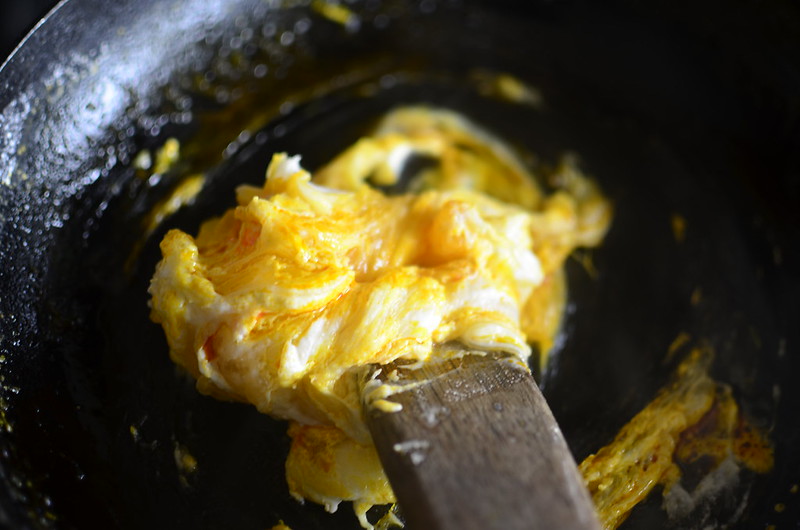
At first, the mix looks dimpled and rough and not very pretty but you forge on, one forges on. If you notice the bottom of the pan is flaking too much, you sprinkle a touch of water. If the orange is too light for your liking, you add a drop of palm oil. Drop by drop. You make it up as you go along.
You’re always stirring. Always moving something around. Most of my efforts here, now are concentrated on keeping it lump-free. One stirs with heart and might. One pulls the cooked mass to the edge using it as a leveller. You pull it in, you pull it up, you use the sides to level it up. Out, keep it free from lumps.
And before you know it, you’re there,… you have it – quick, easy and ready to eat.
Once it’s out of the pan, a crisp film might remain. One which, growing up my older sister would eat after every batch of starch was made.
So there, go into the world and make Starch. You deserve it.

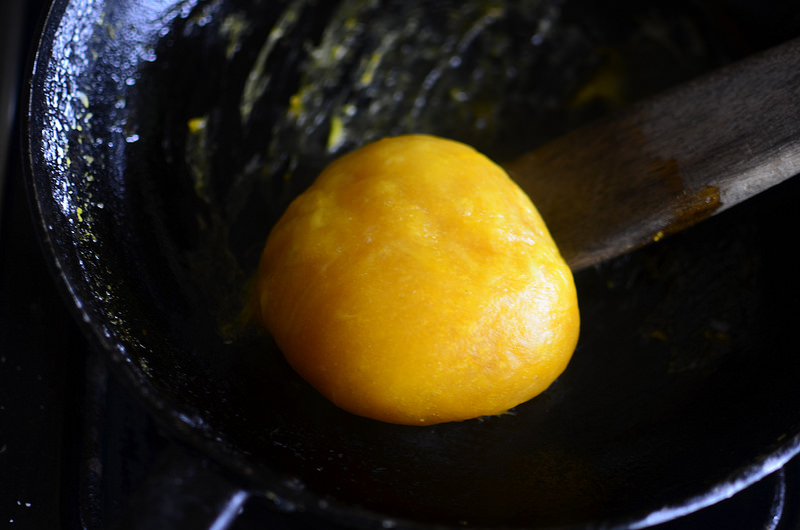

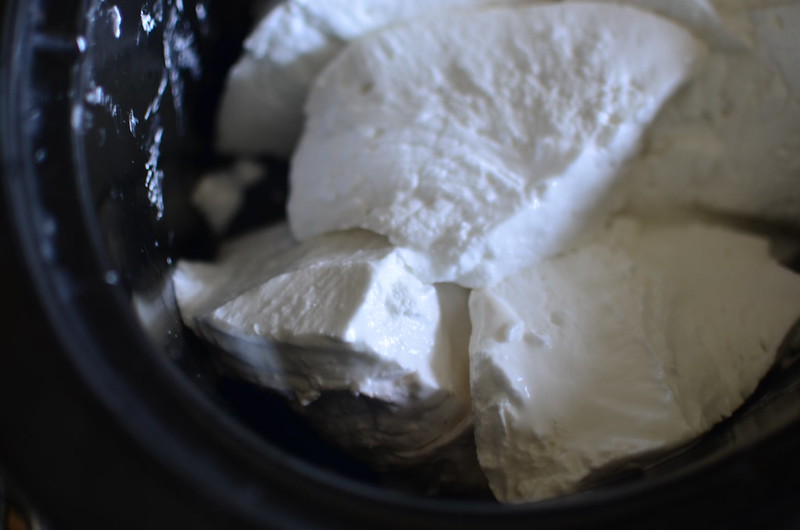
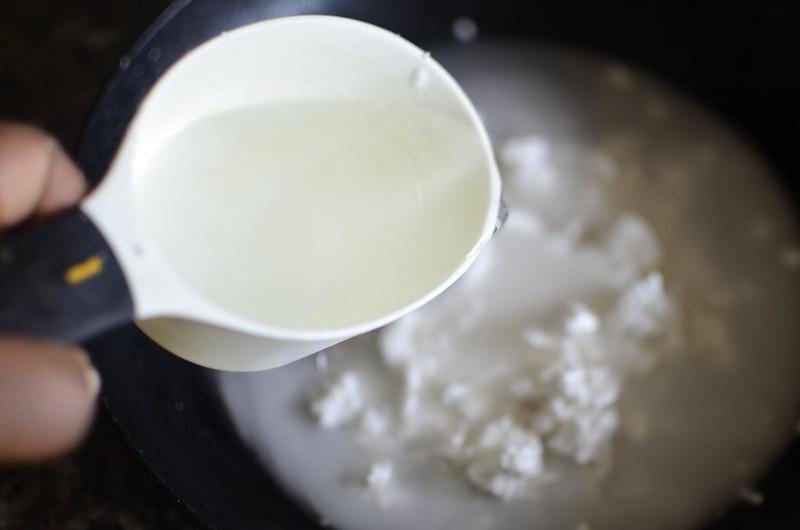
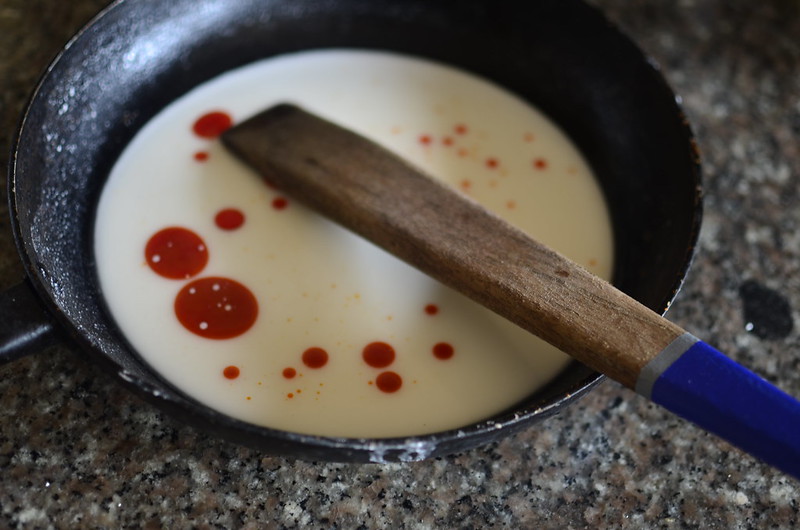
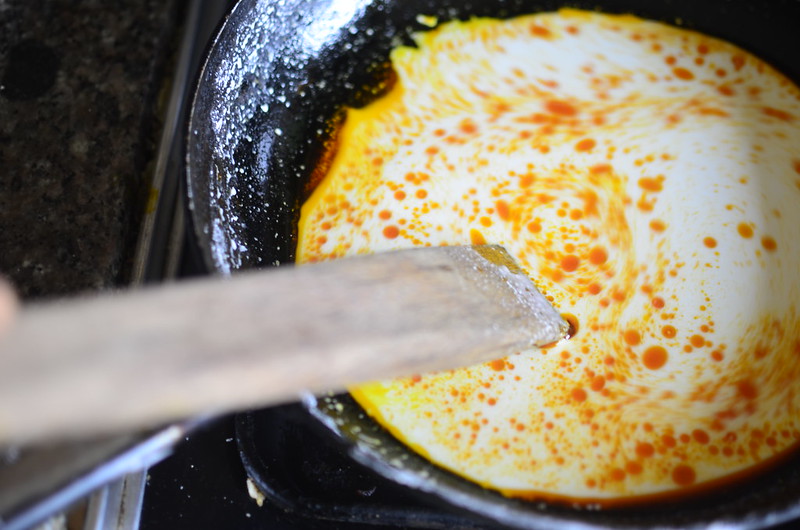
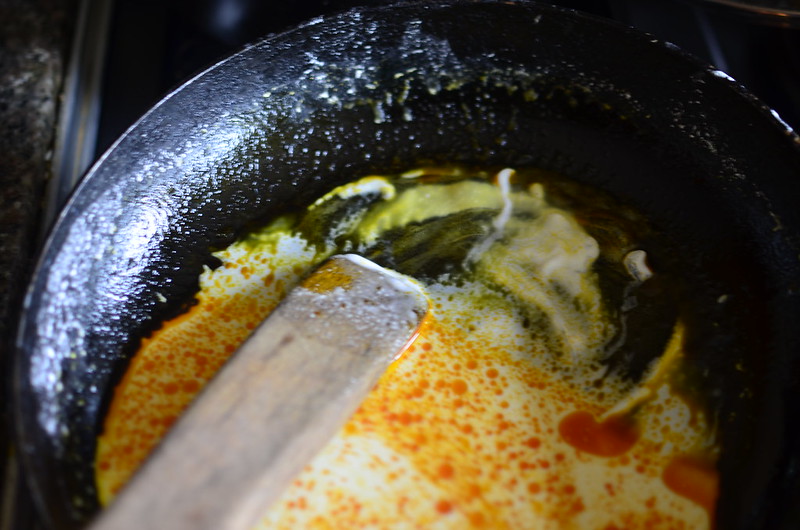
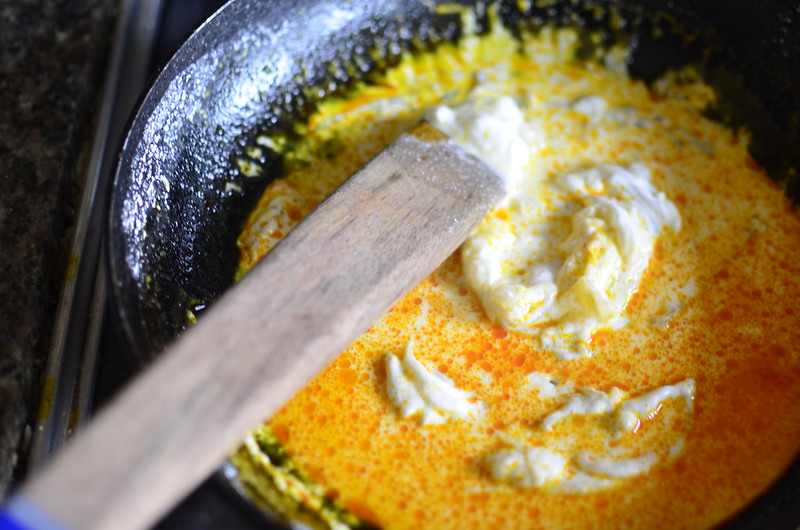
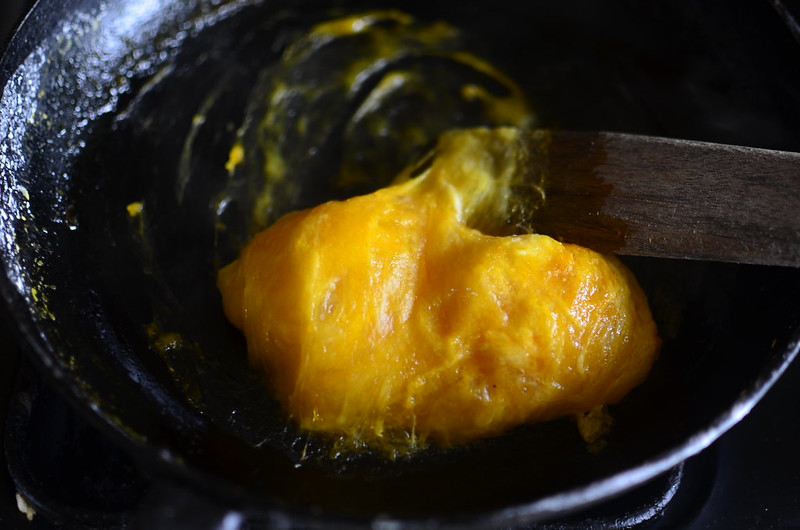

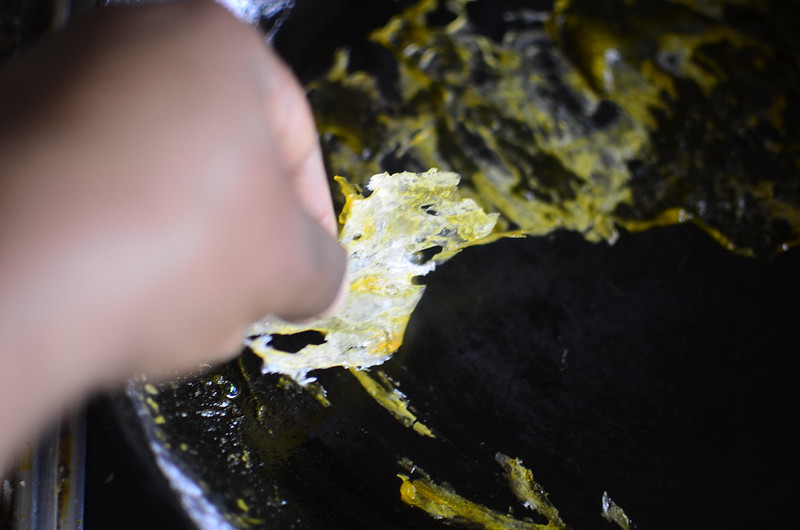
Leave a Reply